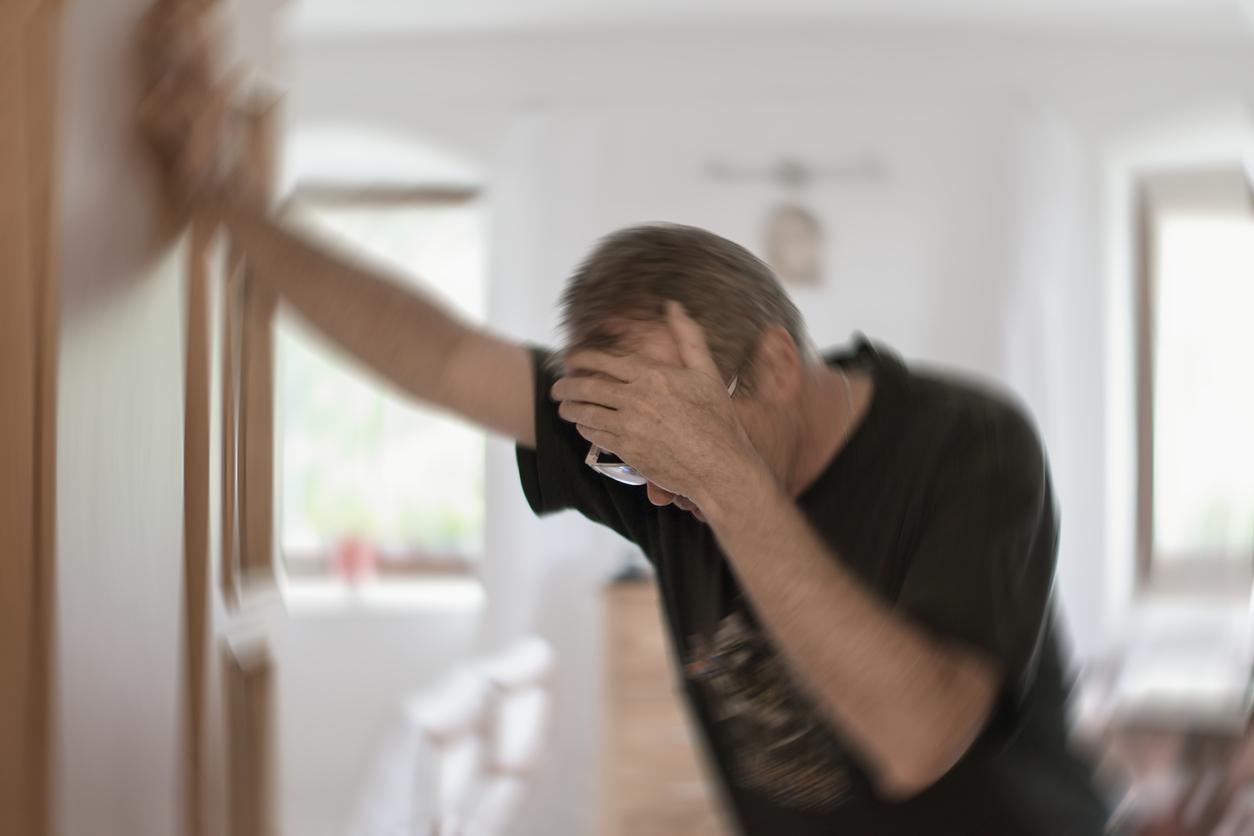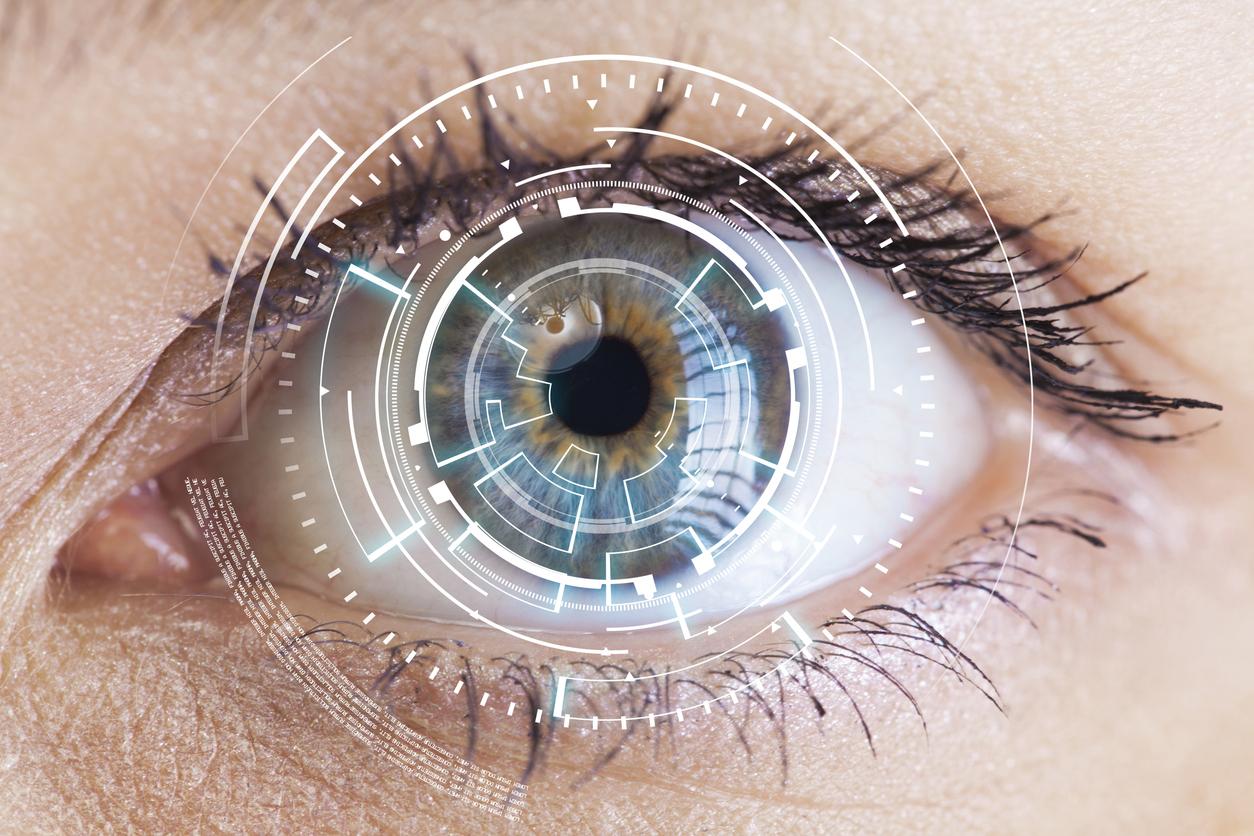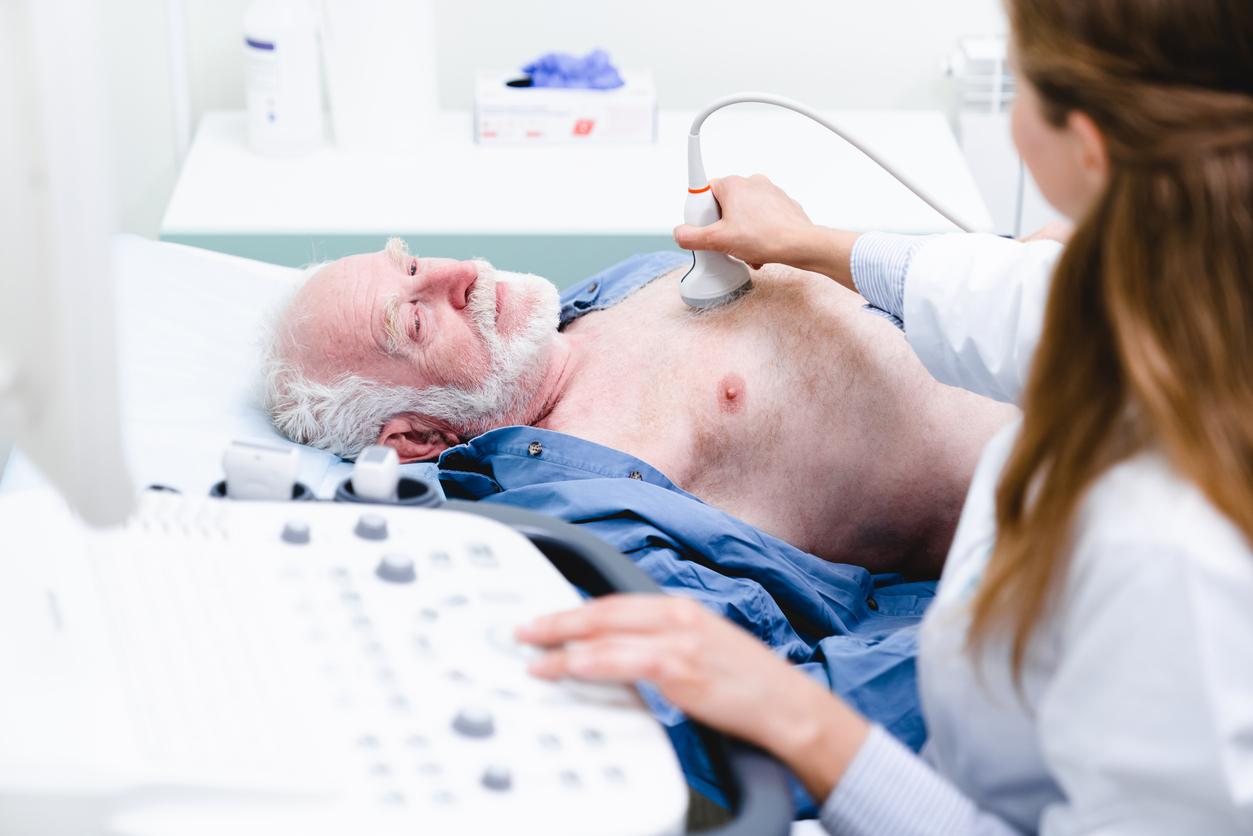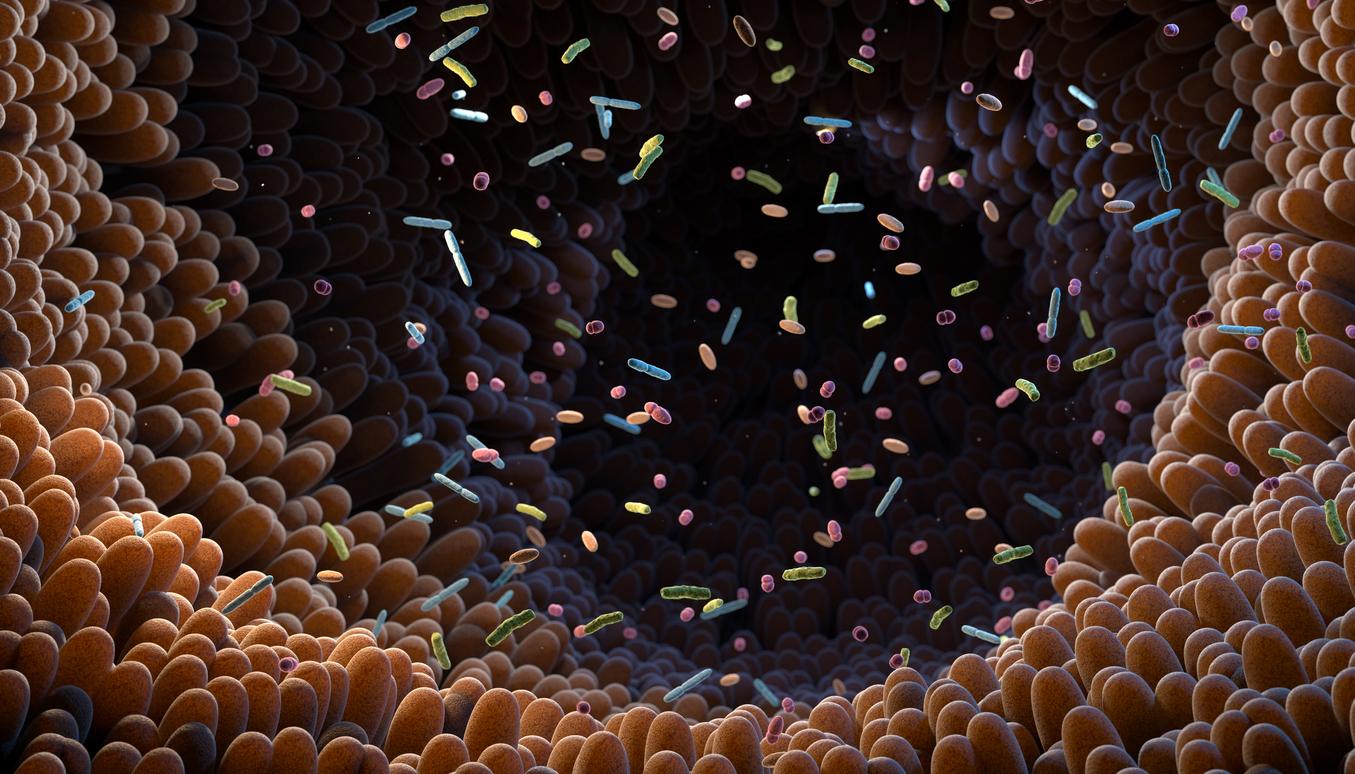Because they can impact areas of the brain related to language, word comprehension and expression, strokes (Stroke) and head trauma often leads to aphasia. This word designates the difficulties in speaking and understanding written or oral language, even though the organs related to speech (tongue, pharynx) are functioning perfectly. Concretely, the aphasic has the idea of the word he wants to pronounce in his head, but he cannot express it correctly.
In France, the number of people with aphasia is estimated at 250,000, with 15,000 new cases each year.
However, aphasia is not inevitable. Supported as soon as possible by a speech therapist, speech therapy can help to regain language skills damaged by the accident, or to find other communication solutions.
Aphasia that depends on where the brain injury is
“The lesion of the brain linked to the vascular disorder will create a different aphasia depending on where the lesion is located in the brain”, explains Nathaly Joyeux, speech therapist in the Neurovascular Unit (UNV) of the Center hospitalier d ‘Avignon. “Overall, in a caricatured way, we have two main types of aphasia. We have expressive aphasias for frontal and anterior lesions (Broca’s aphasia), and comprehension aphasias for posterior lesions in the temporal lobe (Wernicke’s aphasia). Then there are variations when the patients have kept repetition or reading skills, ”summarizes the speech therapist.
Before starting the speech therapy sessions, it is therefore a question of analyzing the patient’s aphasia: “we will try to find out if we have an impairment rather of expression or understanding, and if it is rather oral or written language which poses a problem, ”explains Nathaly Joyeux. The motor aspects of articulation, grammar or even the combination of sounds between them (the phonological level) can be points of language requiring rehabilitation.
Now, thanks to the prevention, most people who are victims ofStroke are taken care of in time in a neurovascular unit. According to the recommendations of the High Authority of Health, they will then be systematically subjected to a speech therapy assessment, to see if rehabilitation is necessary or not.
What does speech therapy consist of?
To assess the rehabilitation necessary for each patient, the speech therapist has them pass standardized tests according to the age of the aphasic and the use he makes of language in his daily life.
First, the speech therapist tries to promote the restoration of the failing function. Then, “gradually, if the disorder persists, we will move on to rehabilitation and perhaps propose alternative systems to compensate for the disorder that we have not sufficiently improved,” explains Nathaly Joyeux. Symbols, photos and images can then be used as an alternative means of communication.
Concretely, speech therapy exercises are very diverse depending on the difficulties of the aphasic. For example, he may have to work on the articulation of words with explanatory diagrams or in front of a mirror, to work on his grammar with cut up sentences to put back in the right order, or to repeat a melody in a rhythmic manner. The care can also be family if the entourage of the aphasic so desires, in order to improve communication between the patient and his relatives, often destitute and distraught.
Lasting at least 45 minutes, speech therapy sessions are offered every day as soon as the stroke is taken care of, then are spaced out according to the language project of the aphasic patient, his job and his expectations.
In the case of a stroke (considered as a long-term condition or ALD) as in the case of a head trauma, these speech therapy rehabilitation sessions are covered by social security, when the speech therapist is approved and sector 1.
Thanks to Nathaly Joyeux, speech therapist in Avignon
Read also :
Stroke: a new technique reduces disabilities
Stroke: do not waste time to rehabilitate
















